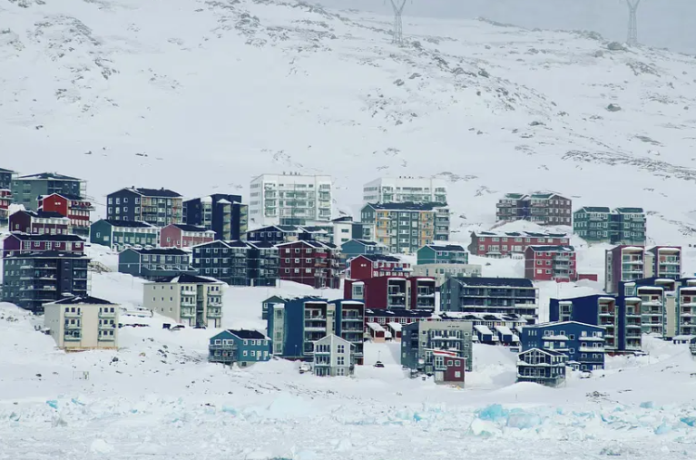David Holland, a scientist from New York University, stated that Greenland is considered a door or thermostat for a warming planet. Due to climate change, Greenland is rapidly changing, warming four times faster than the rest of the world. Greenland is rich in resources, including uranium, billions of barrels of oil, and vast reserves of natural gas. Currently, China holds a significant position in the global mineral market, prompting countries like the United States to want to compete for access to these resources.
Eric Rignot, a scientist from the University of California, Irvine, pointed out that Greenland contains more ice than oil, gas, or minerals. If that ice melts, it could cause significant changes to coastlines around the world and dramatically alter weather patterns. If all the ice in Greenland were to melt, sea levels worldwide would rise by 7.4 meters.
Mark Serreze, the director of the National Snow and Ice Data Center in Boulder, Colorado, has stated that Greenland will become a critical hub in the 21st century. The melting of Greenland’s ice will impact sea levels and contribute to rising ocean heights.
Greenland acts like an engine, accelerating ocean currents. These currents, known as the Atlantic Meridional Overturning Circulation (AMOC), are slowing down due to the melting ice from Greenland flowing into the ocean. Climate scientists fear that if the balance of these currents is disrupted, parts of Europe and North America could be covered in permanent ice. This could have severe effects on agriculture in various countries and cause ecological disruptions to the environment.






















